BMW Electronic Fuel Injection over the last 20 years, curious? Read on!
The most amazing and beautiful thing in experimenting is that while doing so you learn so many new things you see and this way feel on your own skin techniques, theories from the various brand/designers. You can study and analyze different point of views that lead to the various products. You confront results and in the end you try to come up with your own theory about the “why” and the “what” was behind it.
Since 1983 until today, BMW has developed and managed such a various number of fuel pumps units, filters, fuel level sensors, fuel pressure regulators (FPR) fuel neck fillers design/concept mixing projects, cross-mounting, going back to old design on the latest models, that it leaves the students absolutely shocked and amazed!
Just having a look at the Boxer 1200 CC engine used across the whole R Motorbike range equipping 6 different models: GS/GSA, RT, R, S, ST, having many different fuel/pump filter set-up, plenty of neck fuel filler, creating a bit of confusion. However, most impressive, it left all the owners with a wrong sensation of blind contentment mostly for the owner of GS and RT models.
Most users, coming from the R 1100/1150 engine generation, were slavishly following the user/workshop manuals for maintenance and, what is releavnt for this article, fuel filter change.
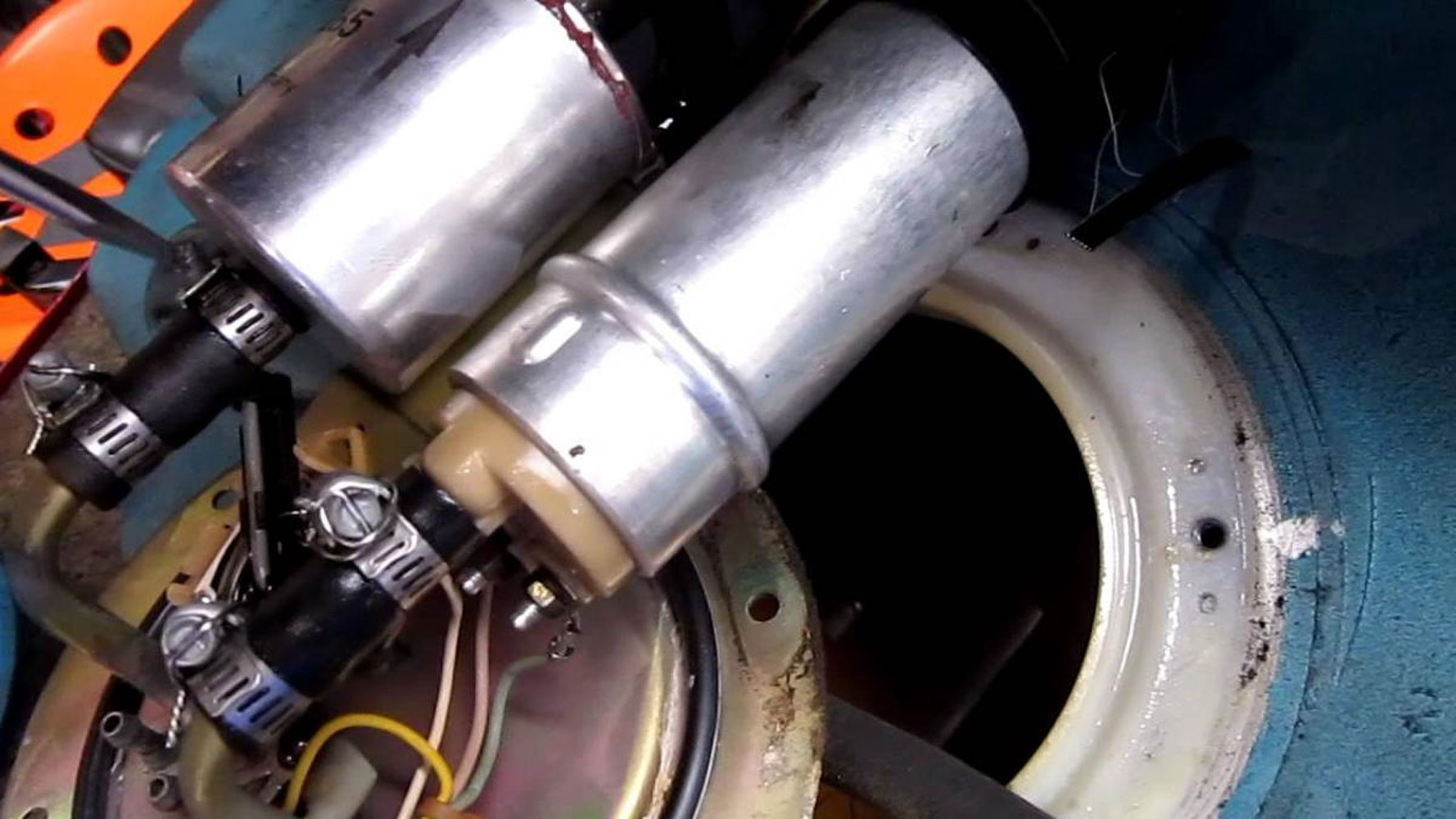
But the MOTHER of all BMW Fuel Injected bikes is the K range.
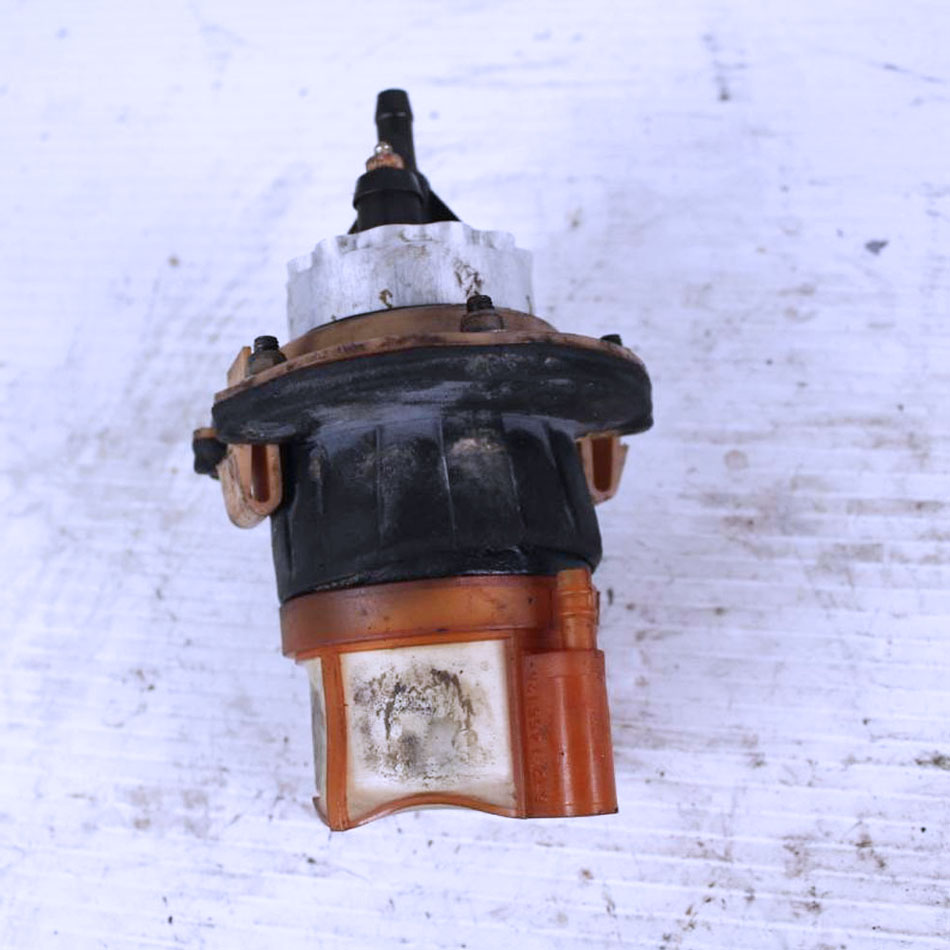
K 100 RS, a bit abused Petrol can be really nasty, did you know?
Suddenly the latter disappears from manuals and check-list without any original or aftermarket part number.
While models such ST, R and S kept the filter, the RT and GS/A range where magically devoid of the fuel system element.
First theories, mostly deriving from simply REPROM schematics analysis, saw a simple pump prefilter (technically named strainer) and nothing more.
The content customers start praising the engineers who removed the old trouble of the in-tank fuel filter change, considering it more a nuisance rather than a safety issue.
At the same time also the plastic quick disconnect connectors had plenty of problems. That again was leading to many recalls and problem fixing.
While, as mentioned above, S, ST and R still had a fuel filter outside the fuel tank, GS/A and RT were equipped with hidden OEM filter, not changable, between fuel pump and injectors.
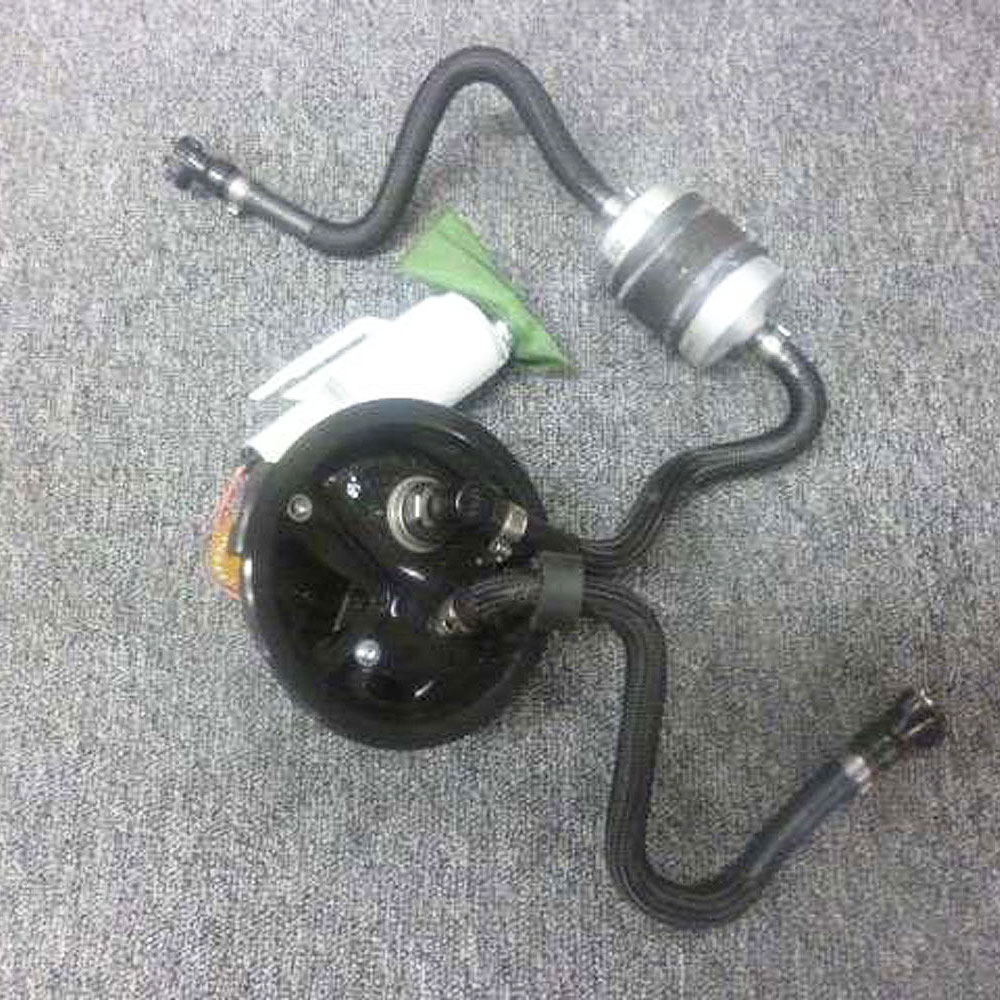
R 1200 and R 2010, see the KL 0433 (aluminum body) fuel filter positioned outside the fuel tank.
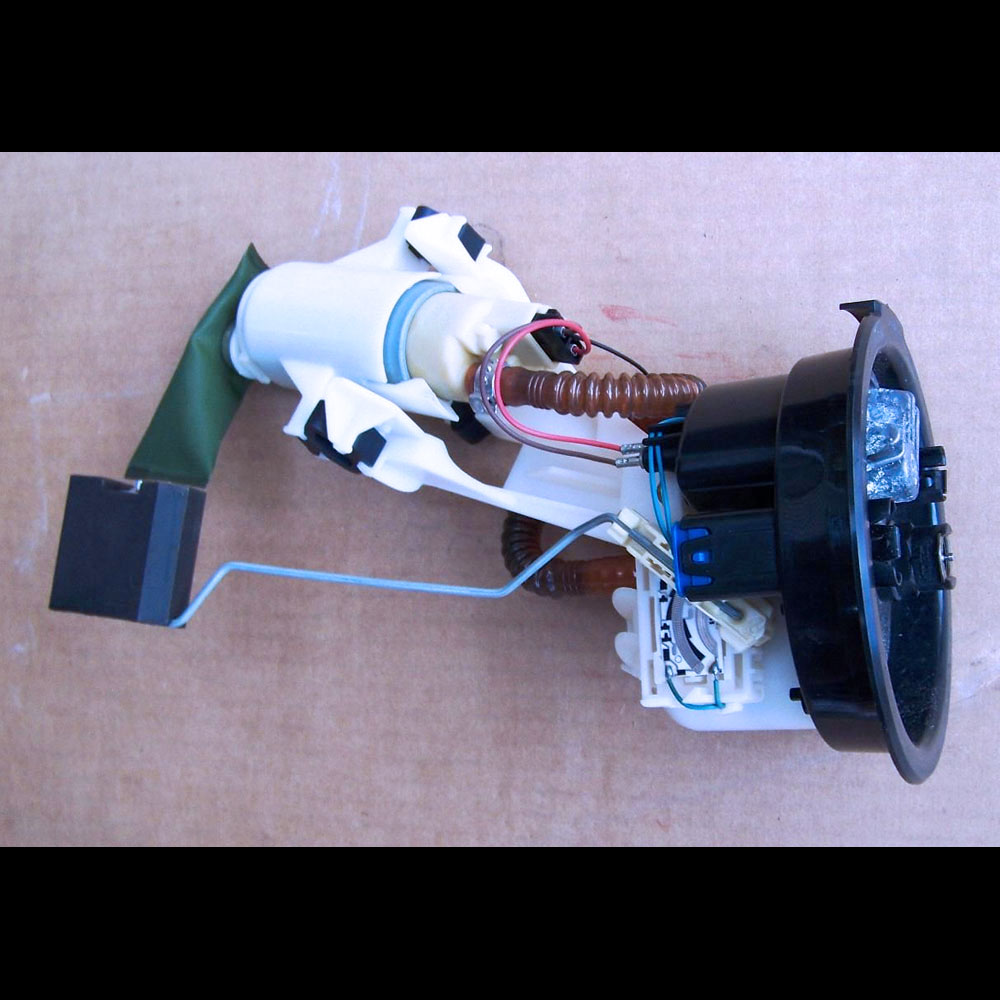
R 1200 GS 2005 white big cylindrical body below the plastic black flange.
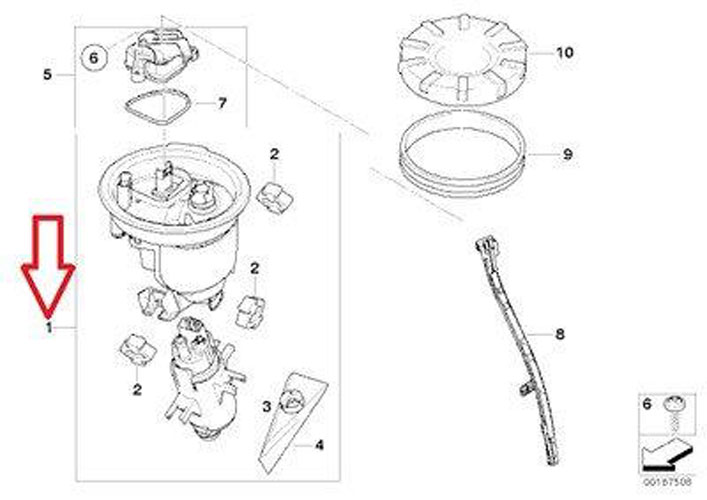
And then, BMW moved forward…. or backward… anyway, someward…
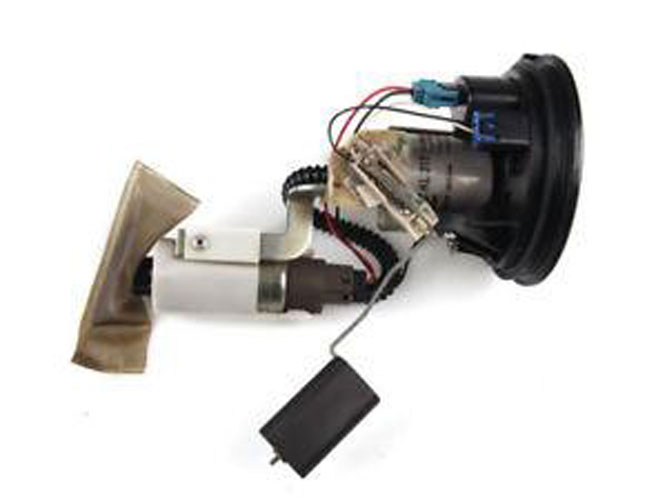
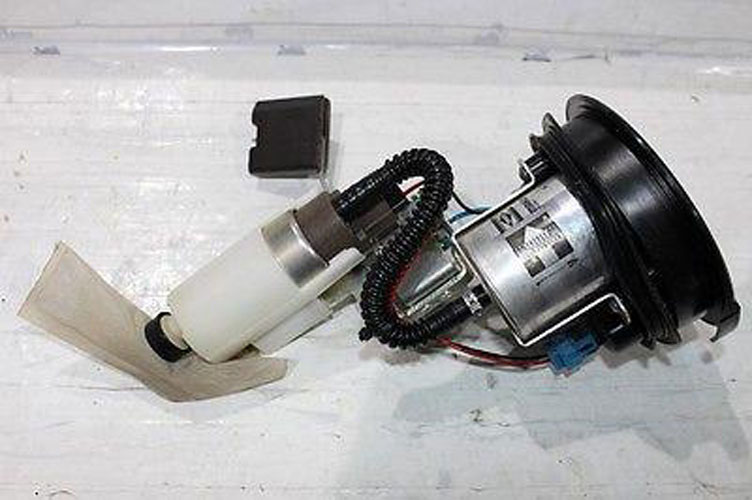
First with the TWIN ROTAX, than with the BIG boys:
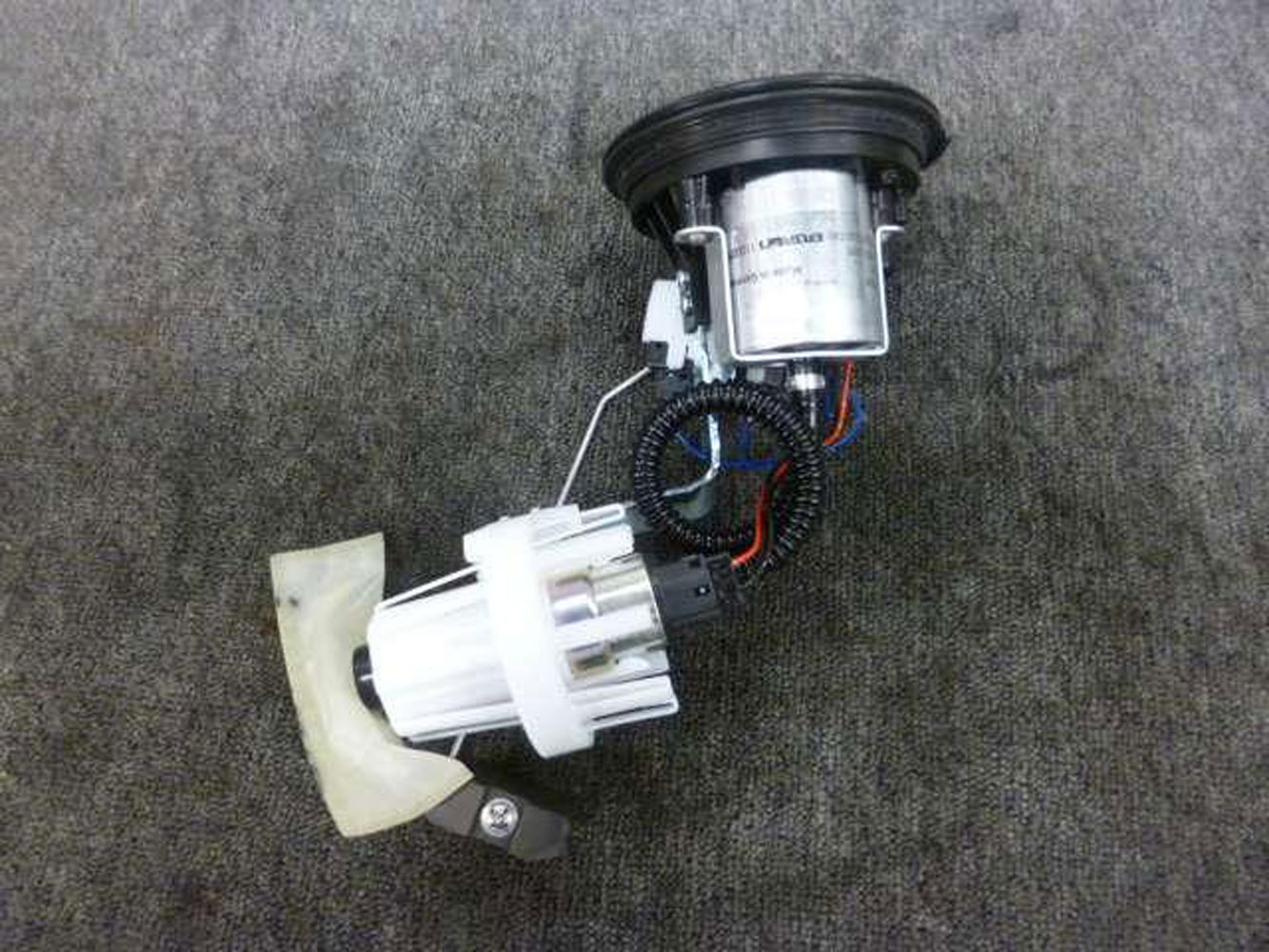
BMW GS/GSA/RT 1200 LC with the in-line fuel filter MAHLE KL 315 derived from the F/GS 800
And again;
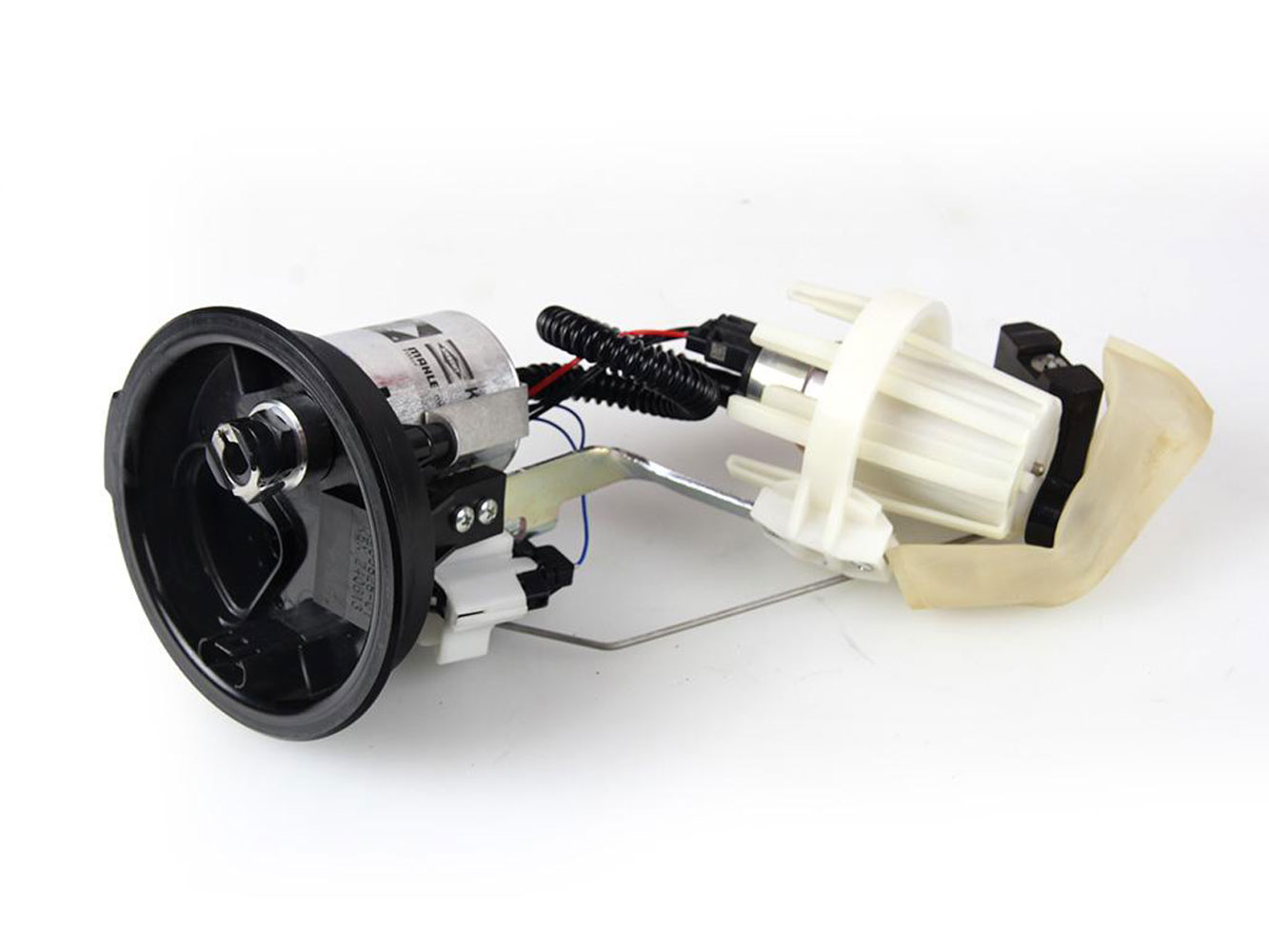
BMW R1200 R LC
Although dealer net and many mechanics reassure customers and drivers that fuel pump and filters are NOT an issue on the BMW, more and more fuel pump failures and filter replacement/cleaning all done simply surfing the web and buying/adapting standard products. Like in all fuel system, petrol contaminants will eventually have the upper hand over fuel pump and fuel filter, blocking the motorbike, costing sometimes a fortune, and ruining a trip maybe, and it may all happen just for one unfortunate refueling rich in contaminants or even water.
Here you can find how to service the WHITE CAPSULE unit, sorry for now only in Italian:
how to clean the hidden filter
Special reference also needs to be made to the decision to eliminate the mechanical fuel pressure regulator (FPR) and implement a CPU regulator which acts directly over the fuel pump flow rate. These units were positioned on the top of the fuel unit flange, exposed to humidity, in some occasion dirt and rain/mud, faulty in many cases.
Obviously reducing or entirely eliminating the contaminants in fuel will prolong and extend life span of fuel pump and filter above the lifespan of the motorbike.
All BMW models can be equipped with the ultimate generation of fuel neck filters, some of them with the capability to separate water from petrol during refueling but keeping an extremely high petrol flow while filling up the tank.
